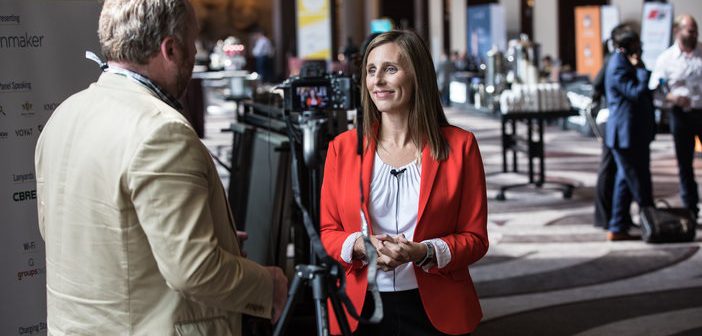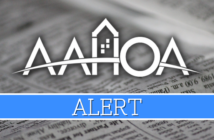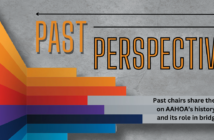by Amanda Hite, president & CEO, STR
Before I go any further, let me preface this column by saying what most of us already know. U.S. hotel demand continues to grow to levels never before seen, and the industry continues to break records across the key performance metrics, with the current growth cycle expected to charge through at least 2019. Yes, the industry’s 102-month streak of positive RevPAR ended in September (−0.3 percent), but that tiny decrease will prove to be just a blip on the radar caused by year-over-year comparisons with the post-hurricane demand period of 2017.
STR’s latest forecast revised in August projected 3.2 percent growth in RevPAR for total-year 2018, then a slowing to 2.6 percent growth in 2019. While our final forecast of 2018 will have been released before this column publishes, we do not expect it to waver much from those projections – even as occupancy draws closer to leveling off, and a lack of pricing confidence persists.
Overall industry performance is on solid footing, and that will not change anytime soon unless we encounter an unexpected event or situation that alters the economy. There are obvious risks in place, especially with the current trade environment, but economic fundamentals are solid. Low unemployment, moderate interest rates, and rising consumer confidence and wages should bode well for continued growth in demand.
With all of those positives established, I want to risk sounding a bit negative by shifting the focus to your bottom line.
It is easy to get enamored with records and 102 consecutive months of RevPAR growth, but the fact is, inflation-adjusted rate growth is negligible, and labor costs are growing faster than revenue. That is making operating budgets much more difficult to manage at the property level.
In recent years, most of the conversation at industry conferences centered on when we would see the next downturn. Now, expectations have shifted a bit as industry stakeholders instead anticipate only a moderate slowdown.
So while that negative RevPAR figure for September does not signal the beginning of a recession, it should provide another glimpse into what business looks like during a slowdown. I wouldn’t say this is anything to worry about right now, but we do have to keep in mind that hotel business is not booming everywhere. Performance remains good nationally and in a lot of individual markets, but there are already plenty of hotels seeing the slowdown on their P&L sheet.
Hotels are being challenged to manage rising expenses, especially labor costs. Labor expenses will continue to accelerate in part due to the competitive environment of low unemployment. Those that are successful will not just manage expenses, but also monetize revenue generating opportunities all around the property to ensure that their top and bottom lines remain healthy.




